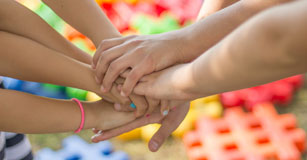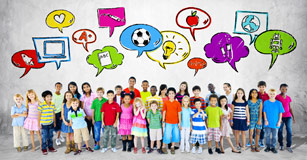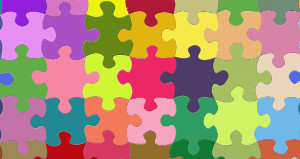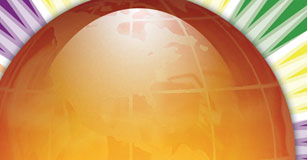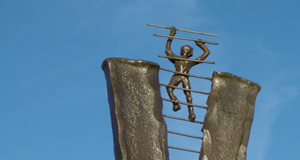PBL in Preschool
Providing deeply personal experiences for constructing knowledge
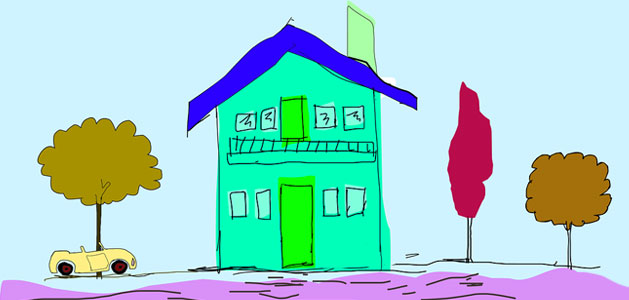
Young children are innately curious, with brains that are naturally wired to examine and interpret their environment. A project-based approach is centered around this knowledge and provides a wealth of opportunities that foster curiosity and encourage play.
“We don't want to teach children something that they can learn by themselves….What we want to do is activate within children the desire and will and great pleasure that comes from being the authors of their own learning.”
—Loris Malaguzzi
The task of the teacher is to provide meaningful experiences and challenges that engage the learner in this meaning-making and problem-solving process so that students learn how to find answers themselves.
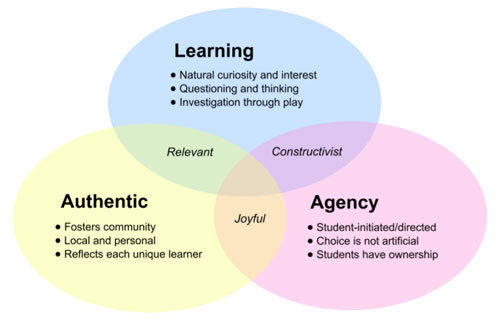
Standing on the Shoulders of Giants
If you want to implement project-based learning in primary, you don't have to start from scratch. The Reggio Emilia Approach and Project Approach provide practical processes and structures that can help you implement this approach effectively.
Reggio Emilia
The Reggio Emilia Approach is founded on the belief that children are creative and capable of constructing their own learning. Students take the lead as they imagine, play, design, research, explore, investigate, develop hypotheses, and experiment. The teacher supports student learning by introducing new experiences, tools, and perspectives as they carefully design the classroom environment to provide opportunities for discovery and inquiry while documenting and recording student work and their thinking.
Project Approach
After observing and working with small children in Canada and the United States, Dr. Sylvia Chard and Dr. Lilian Katz saw that young children thrive when provided with informal and open-ended activities that require them to apply their newly growing skills. They developed a three-phase Project Approach to help teachers support “investigations” where students research a topic to answer questions they themselves have developed.
The Teacher's Role
Even though students take the lead in a PBL approach, the teacher has an active role throughout the process.
1. Choose topic
Consider what students already know and the things they can touch in your classroom. Choose a topic and brainstorm the experiences, materials, and people you have access to at your site or nearby. Topics like tools, balls, worms, pumpkins, snow, and babies are all topics that typically interest young learners.
Your community and the people in it can also provide rich ideas and experiences for your students. You could walk with students to a local park, garden, or statue or visit a museum or aquarium. Invite a local dentist, construction worker, or janitor who can share the work they do and provide tools of their trade that students can touch.
2. Develop provocation
Take a page from the Reggio playbook and use a "provocation" to launch or kick off the project. The Italian word provocazione means something that provokes thought and stimulates ideas and wonder.
Provocations can take a range of forms. Use the five senses to find ideas for ways students can see, listen to, touch, manipulate, and, yes, even taste the topic. Change, like the first snowfall or road work near the school, often captures student's attention.
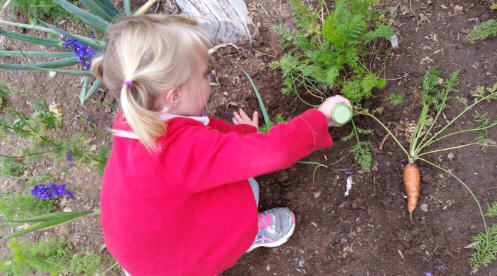
A provocation is open-ended, not a kick-off for a set of investigations you will direct for the next couple of weeks. Listen and observe learners closely to document their responses and questions. If they show interest, begin brainstorming additional investigations that support their continued exploration.
3. Document learning
Documentation is essential to the success of project-based learning in preschool. Documentation not only guides the next phase of investigations, it tells the story of student learning, providing evidence of your efforts and children's efforts.
Documenting evidence of learning can take the form of:
- artifacts of learning - from drawing, to sculpture, to models, and more.
- quotes from students and transcriptions of student dialogue.
- photos, videos, and audio recordings that capture student expression, engagement and action.
Documenting evidence of learning transforms teachers into researchers as they better identify a child's strengths and thinking, grow in their capacity to observe and coach learning, and more insightfully design future investigations.
4. Showcase learning
The learning showcase celebrates the learning that occurred and provides students with an additional opportunity to plan and organize how best to share and represent their learning.
“We don't learn from experience, we learn from reflecting on experience.”
—John Dewey
How students choose to showcase learning will likely depend on their experience during the provocation and investigation. A learning showcase could be a product, an open house, a shared experience, or even a dramatization.
Learning showcases that are part of an event where students share the story of their learning with family members, caregivers, and community provide additional practice with oral communication, explaining thinking, and continuing to extend learning.
Make the leap to project-based
A project-based approach to learning in preschool can help you provide young learners with experiences that encourage them to build and create to express ideas and experiment to make sense of their world in a way that is deeply connected to each other and the community.





